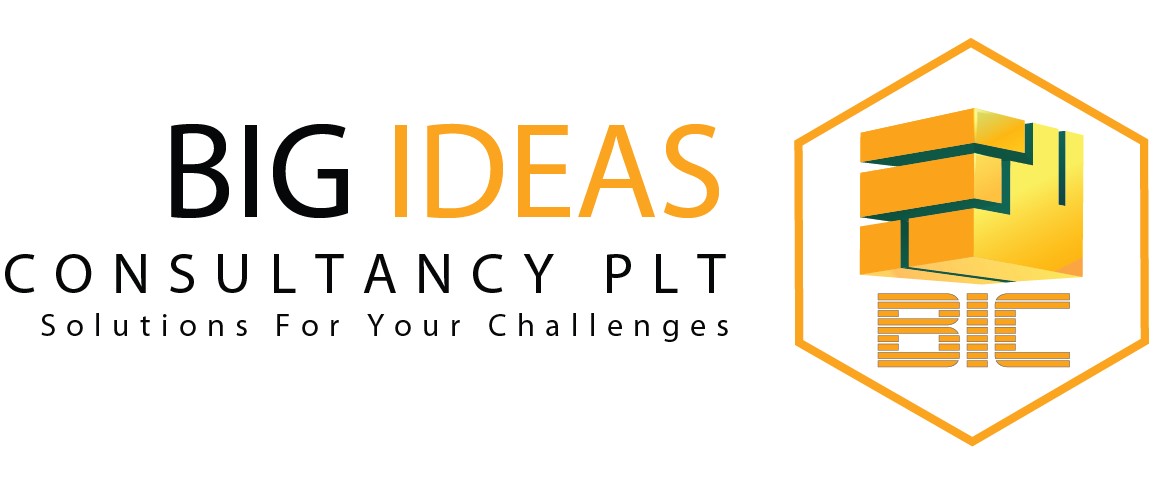NEW YORK (AP) — The number of women sitting at the table in corporate boardrooms across the country is rising very slowly, but it’s rising.
Just over 15 per cent of all director seats at publicly traded U.S. companies were held by women as of Dec. 31, according to a study by Equilar, a corporate research firm. That’s up from 14 per cent a year earlier and from 12 per cent in 2013.
So, the trend is toward more equal representation on boards, but parity won’t happen until the end of 2055 unless the pace picks up, according to Equilar. That’s nearly 40 years away, which may be about when girls born today begin sitting on corporate boards.
Demonstrating how far remains to go toward gender parity, 738 companies still have no women on their boards. Last year, nearly 60 companies that had no female directors since at least 2011 added one or more women.
Even so, it’s still much easier to find a woman in the boardroom than in the corner office, according to a separate, global survey of 3,400 companies by Credit Suisse. While women occupied nearly 15 per cent of board seats at the end of 2015, only about four per cent of CEOs are women.
Companies in other countries have gotten closer to gender parity than the United States, and government pressure has played a big role. Several European countries have set quotas and targets for how many corporate board members should be held by women. That’s why women held 24 per cent of European board seats at the end of 2015, the highest rate in the world.
Investors are taking note. Companies with at least one female director tend to have higher stock returns and better corporate performance than those with all-male boards, Credit Suisse says. Of course, this may be a case of correlation rather than causation, and better-performing companies may be more welcoming to women rather than vice versa.
Regardless, having women in the most senior leadership positions has other benefits, companies say.
At American Water Works Co., the largest publicly traded U.S. water and wastewater utility, five of the nine board positions are held by women. And that’s something that customers, regulators and employees, both current and potential future ones, see, says BJ Holdnak, senior vice-president of human resources.
“We want to look like the customers and the employees that we serve in our local markets,” she says. “The board, starting in 2012, really began to focus on assuring that they were diverse and looked like and represented the company.”
American Water’s majority-female board is an anomaly. Just 21 of the 3,525 companies in Equilar’s survey have half or more of their board seats held by women. Equilar based its study on the Russell 3000 index, a broad measure of publicly traded U.S. companies.
Read More Here





